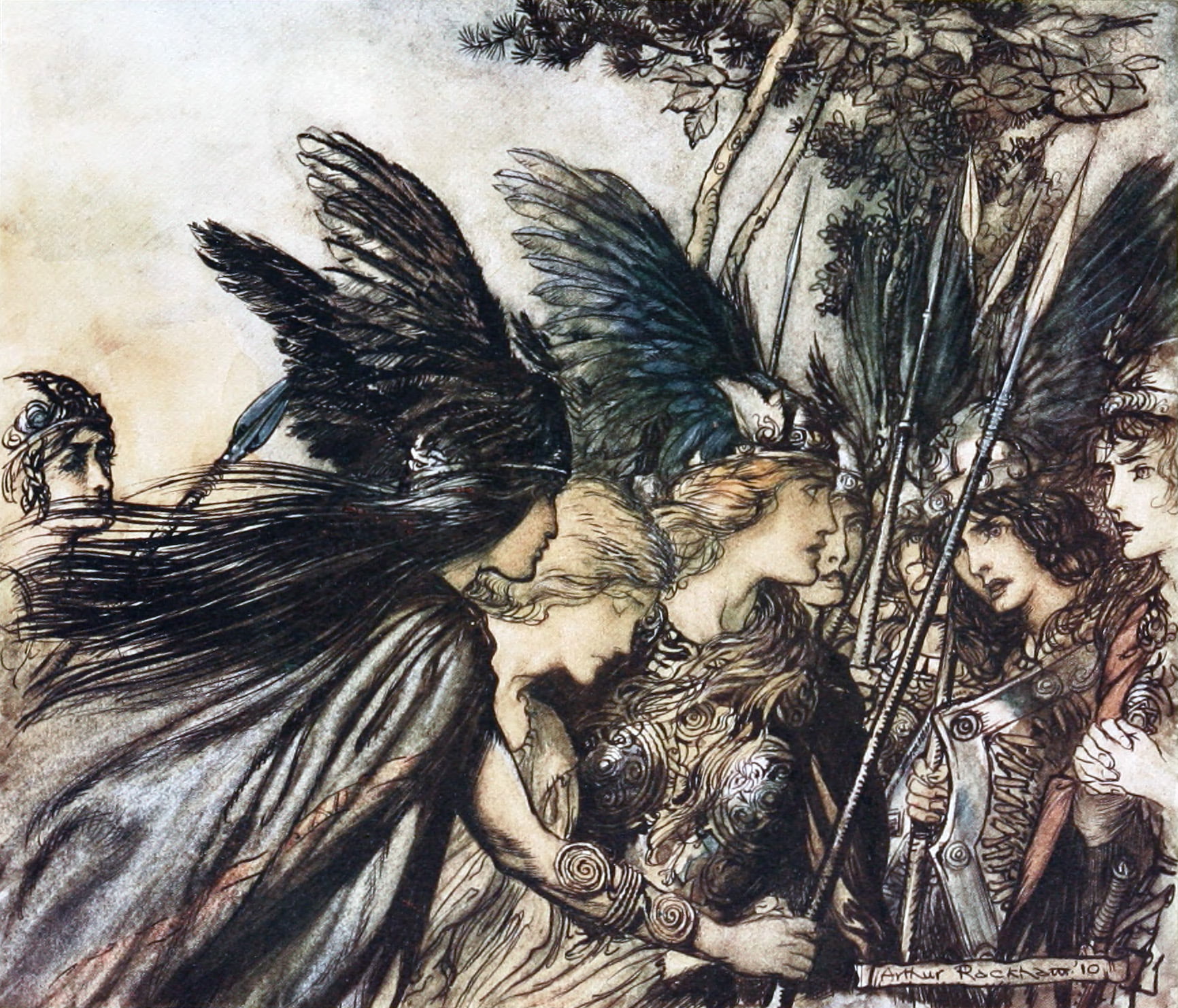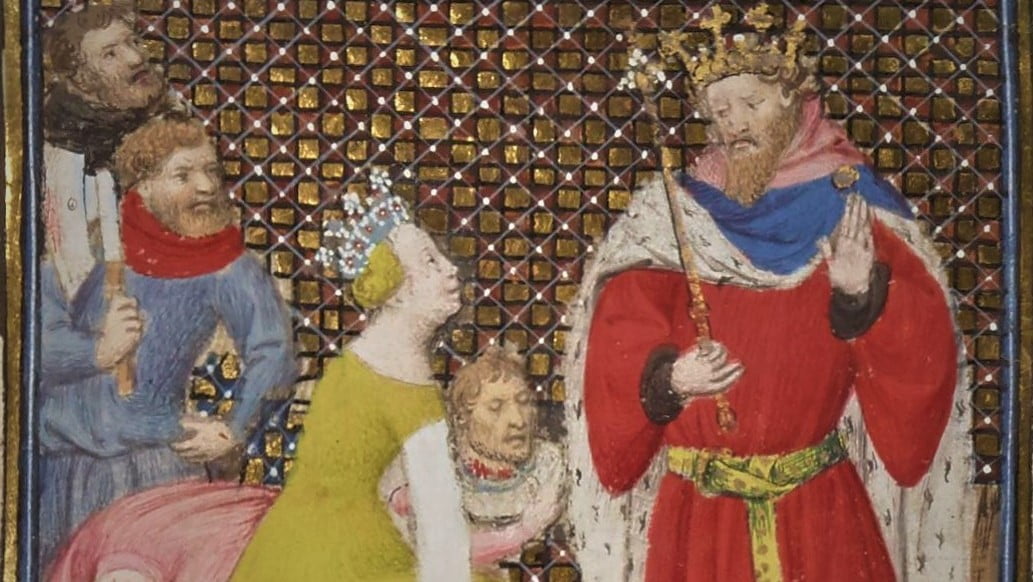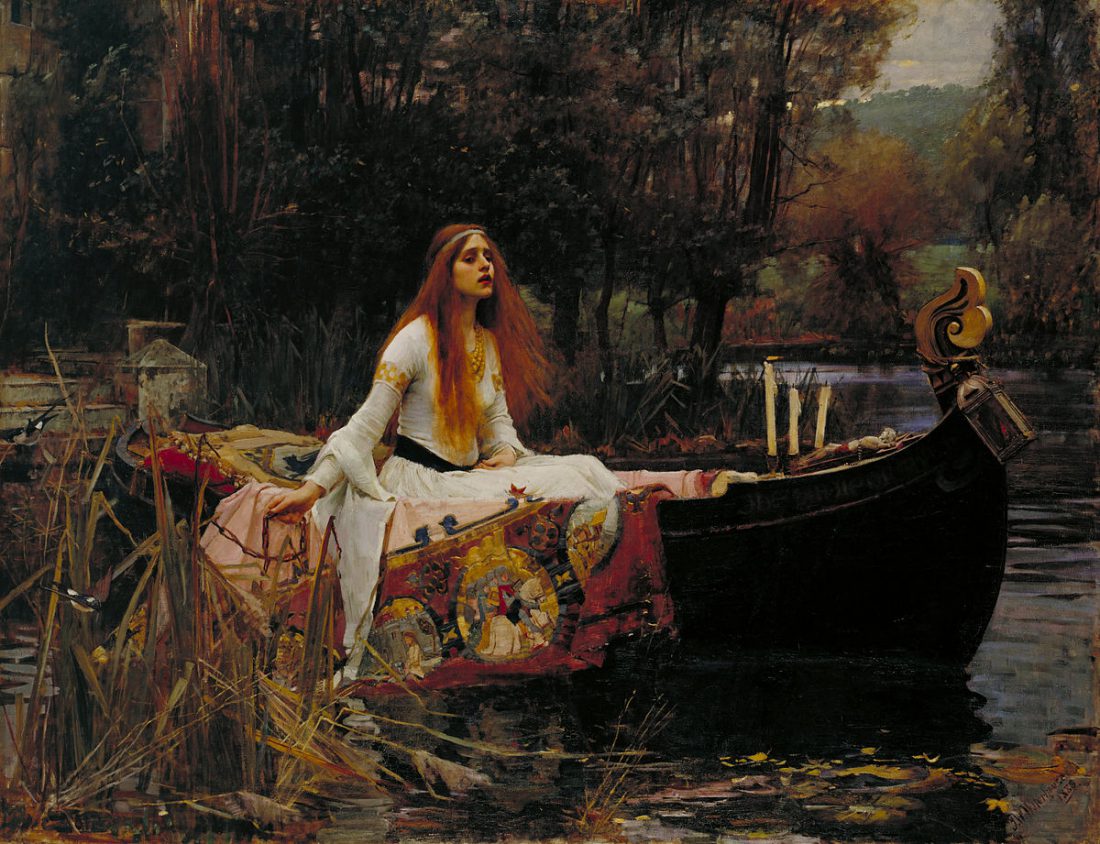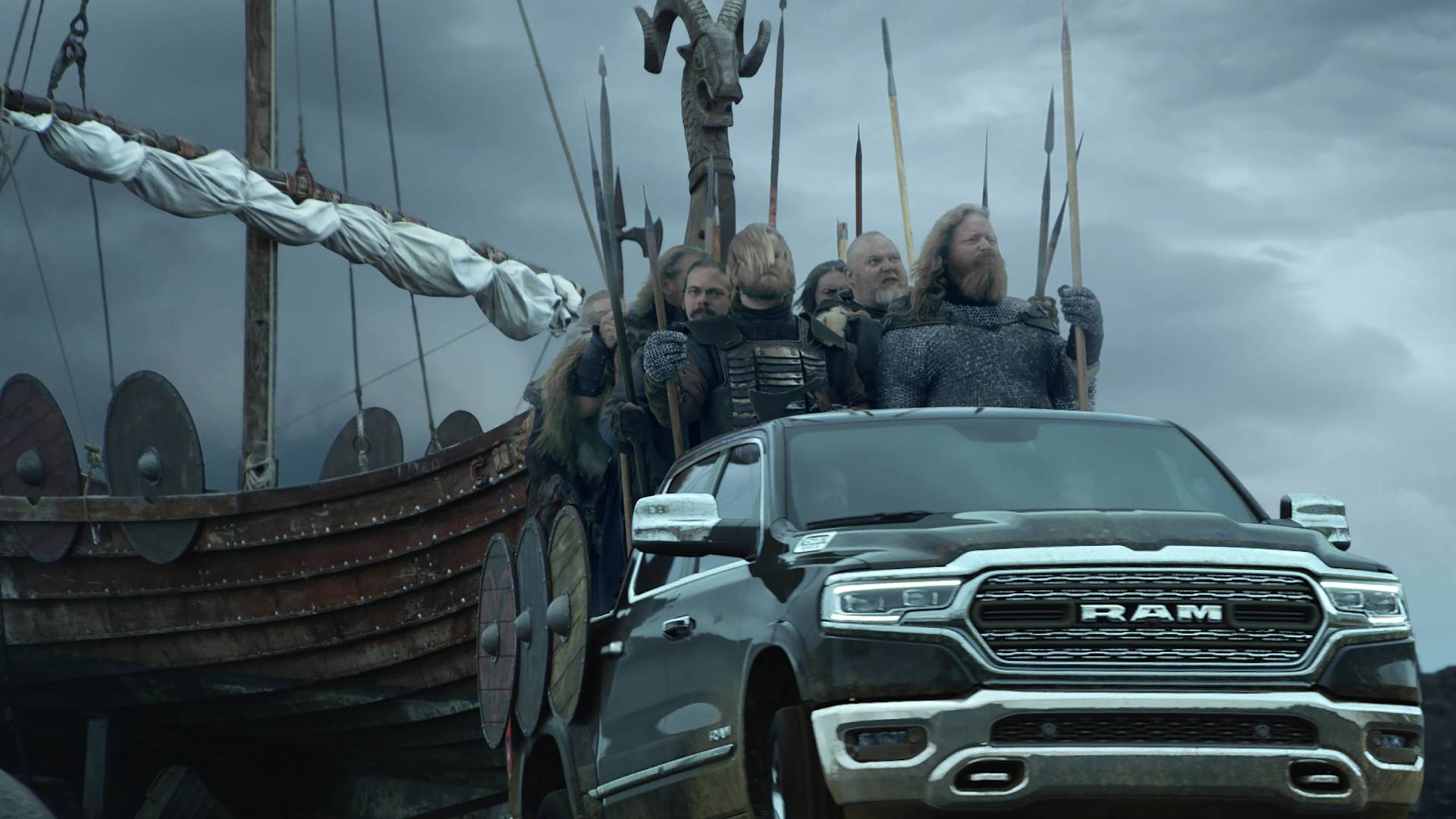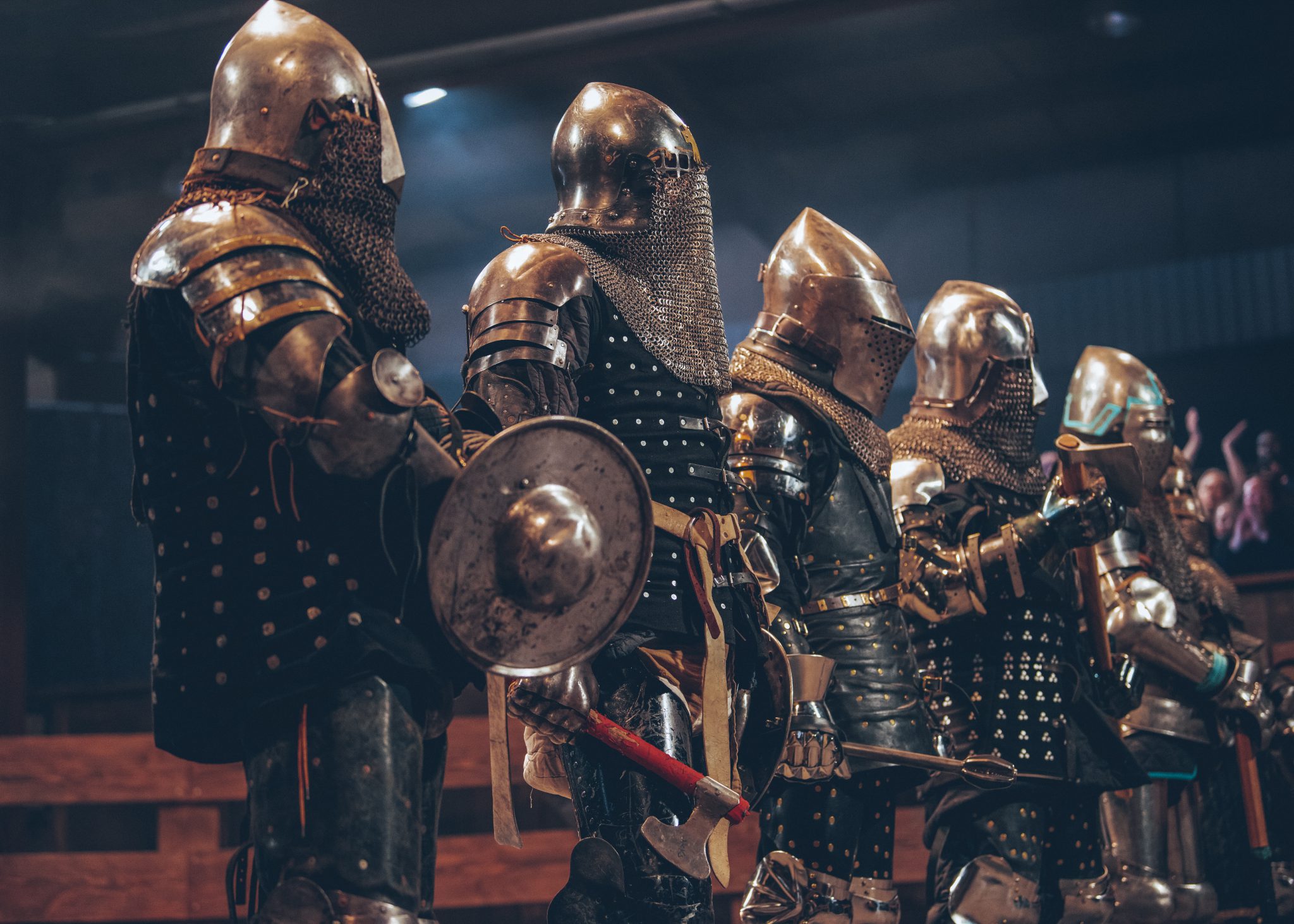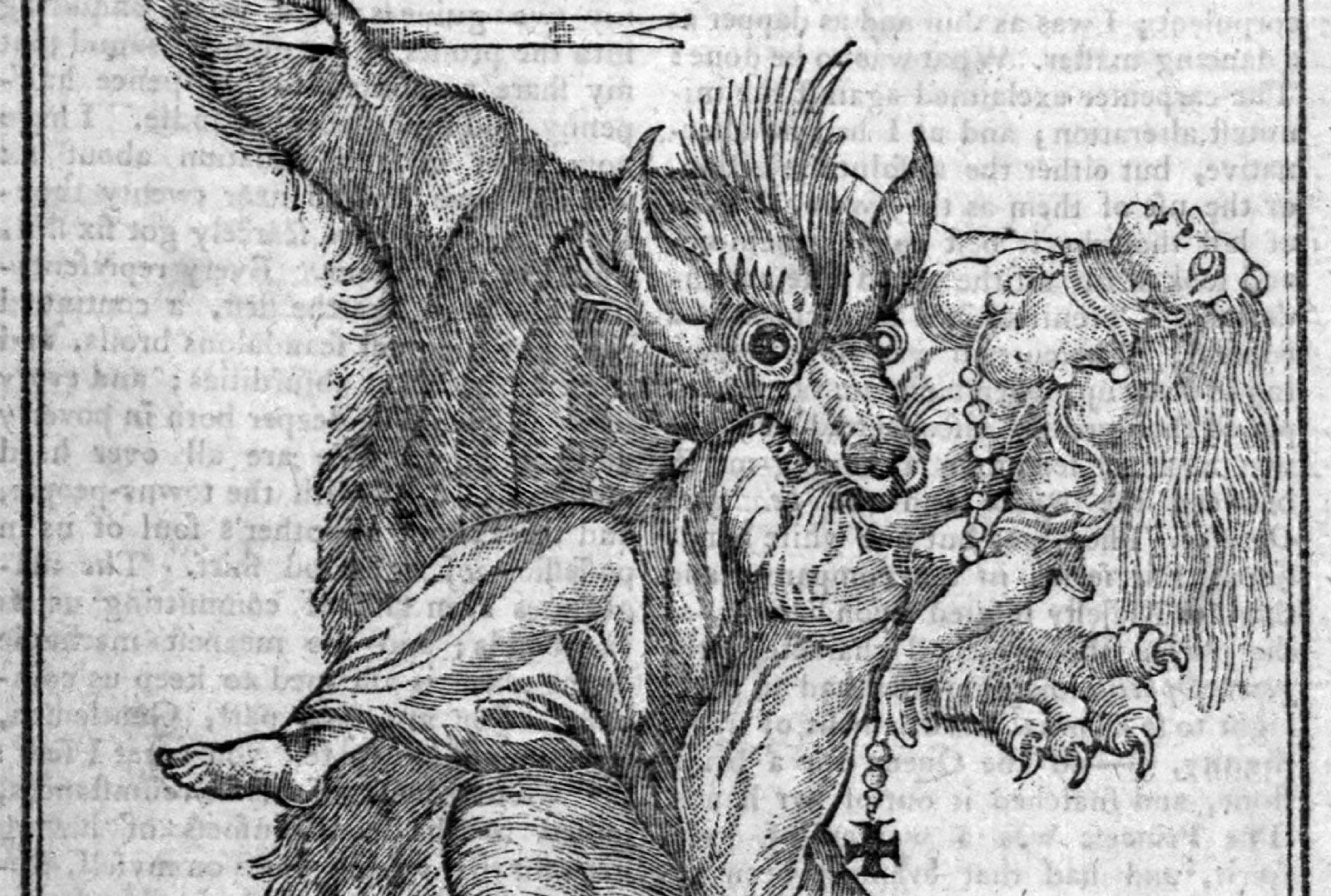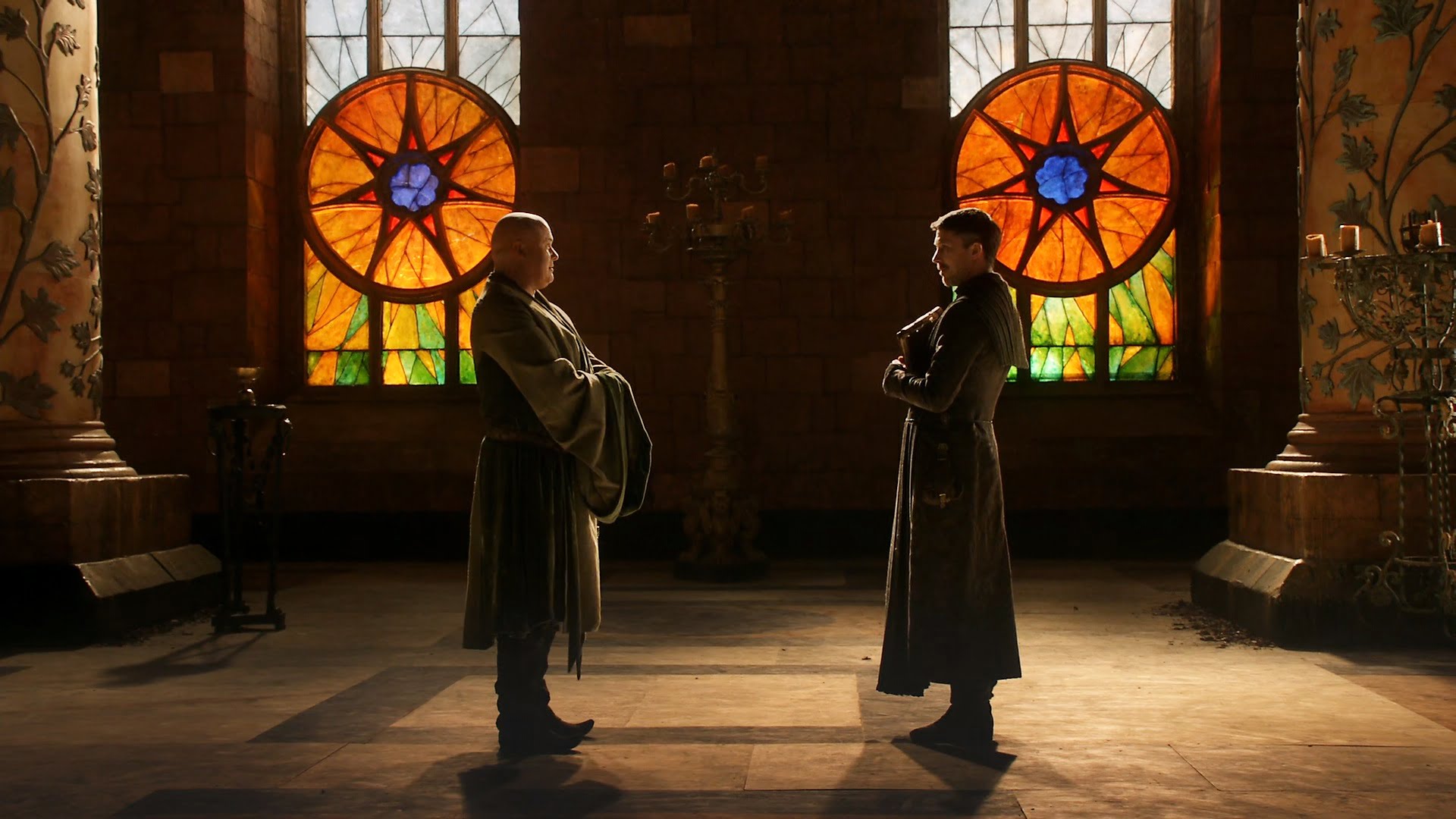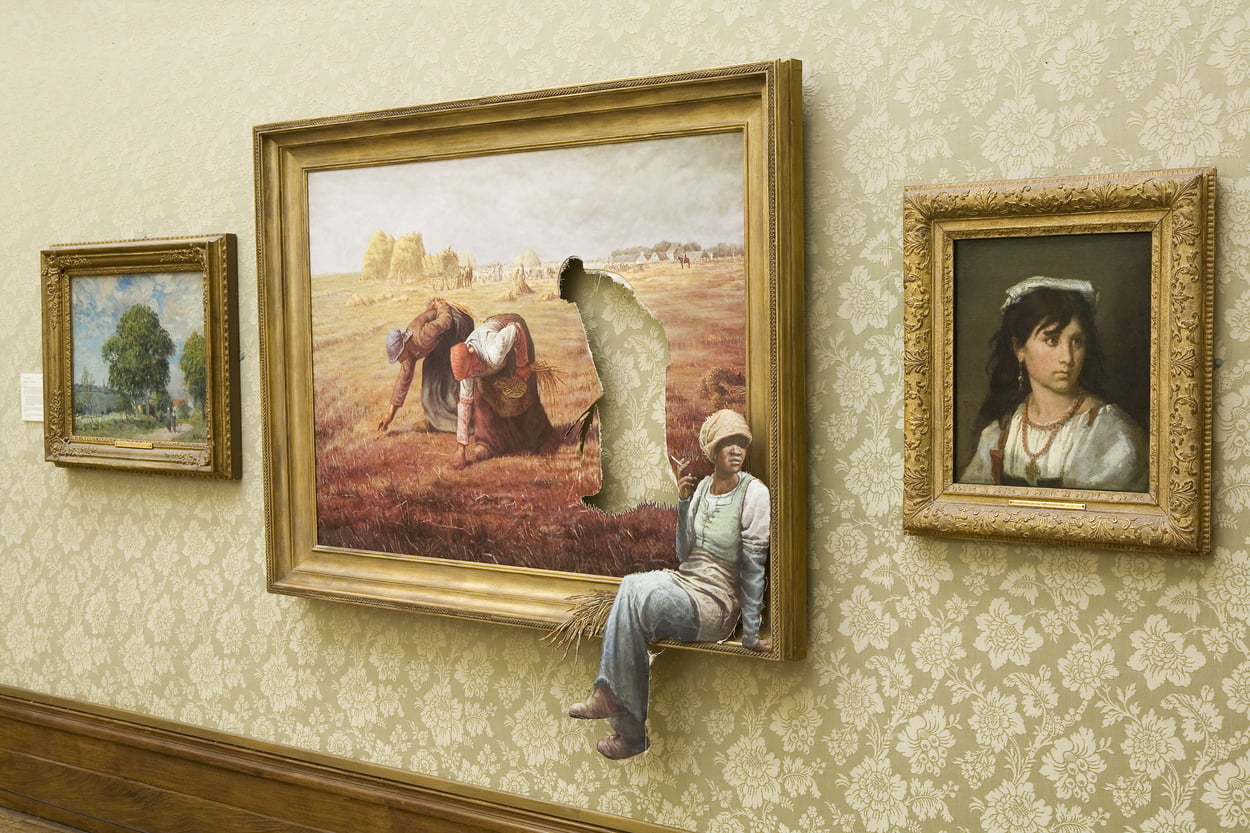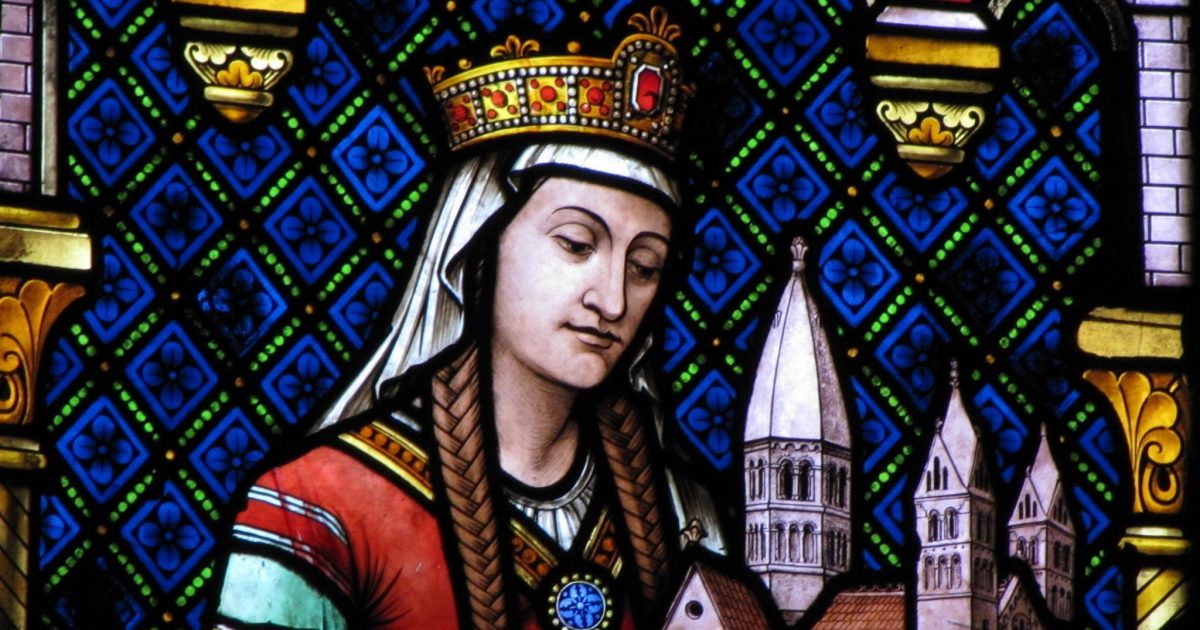In October of 2018, The Public Medievalist launched its second special series: Gender, Sexism, and the Middle Ages. If the past few years has illustrated nothing else, it has shown in stark terms how rampant sexism is in societies across the world. When it comes to gender, the popular imagination of the Middle Ages is a toxic fairy tale. Men and women had clear, unchanging gender roles, and there was no room for flexibility or queerness within that binary. Thankfully, none of this is true. The actual Middles Ages were little like modern preconceptions of them. And more, the people who use the Middle Ages to support retrograde misogynistic or transphobic agendas are badly mistaken.
The series is currently ongoing.
The goal of this series is the same as the overarching goal of The Public Medievalist: present cutting-edge scholarship that explores these issues with depth, nuance, and complexity, and do it in as accessible a manner as possible. We hope that you find these essays thought-provoking, enjoyable, and useful.
Gender, Sexism, and the Middle Ages: No More Fairy Tales
by Amy S. Kaufman and Paul B. Sturtevant
Introducing The Public Medievalist’s new series on Gender, Sexism, and the Middle Ages. A profoundly sexist view of the Middle Ages has gone uncorrected for too long. Let’s tell some new stories.
A Medieval #MeToo
by Lucia Akard
Medieval women also experienced sexual assault. They too spoke up and spoke out against it, and were often not believed. How “medieval” are we still?
My Fair Lady? How We Think About Medieval Women
by Yvonne Seale
When we think of medieval women, one word stands out above the rest: “lady.” But what did it mean to be a lady? What does it now? And what should it mean?
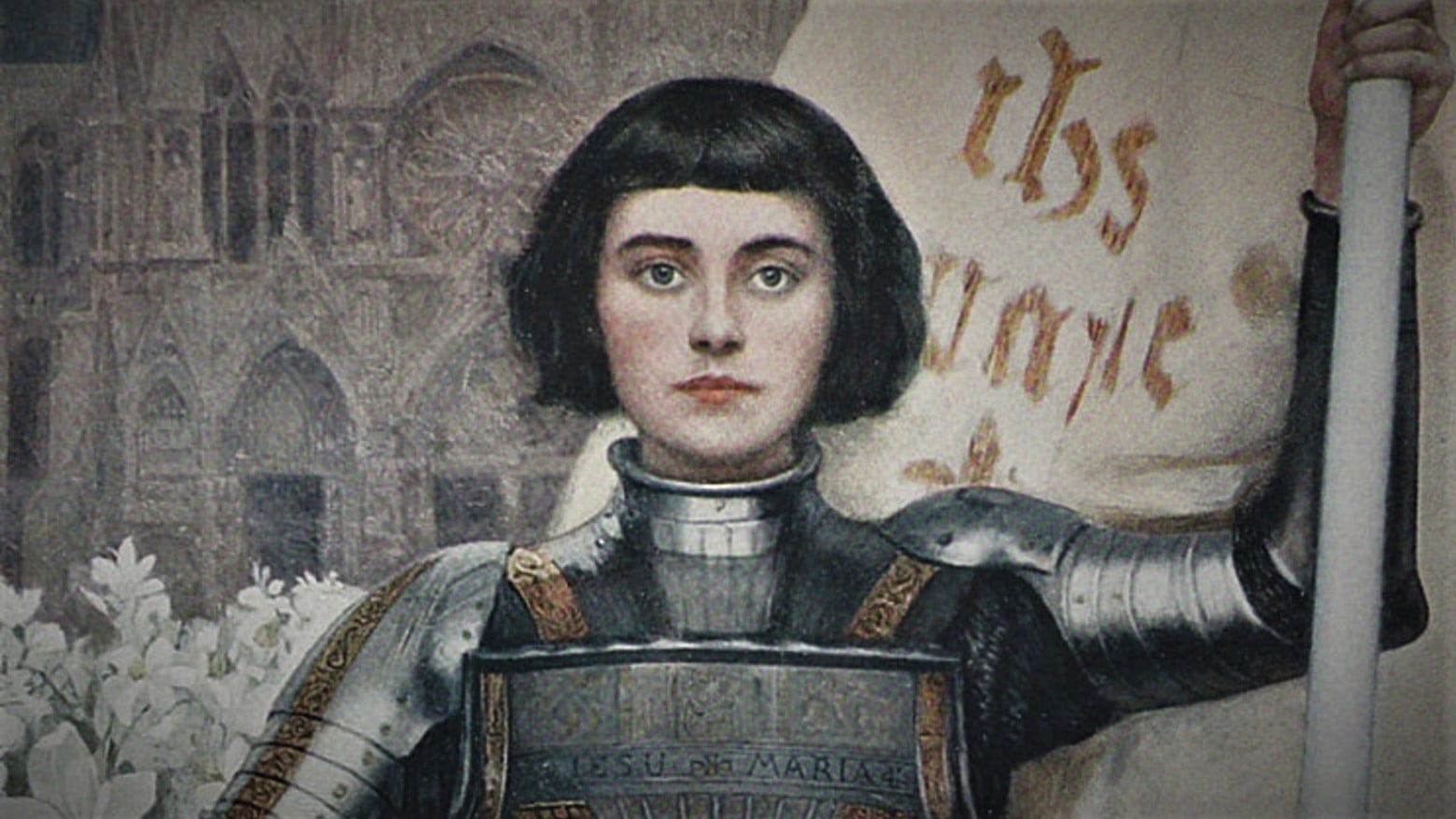
Were there Transgender People in the Middle Ages?
by Gabrielle Bychowski
If transgender people have a long history, then that means that being transgender is not a “post-modern lifestyle,” but simply a part of the human condition.
Silencing Medieval Women’s Voices—Nevertheless, She Persisted
by Vanessa Corcoran
Even the holiest of medieval women was not known for being placid or passive. She was known for punching the devil right in his evil face.

Just the Good Wife? Death and Legacy of Noblewomen in the Middle Ages
by Mariah Luther Cooper
Many medieval women were not just “the good wife” or “the good mother”, but also had real power. But their power was often erased after they died.
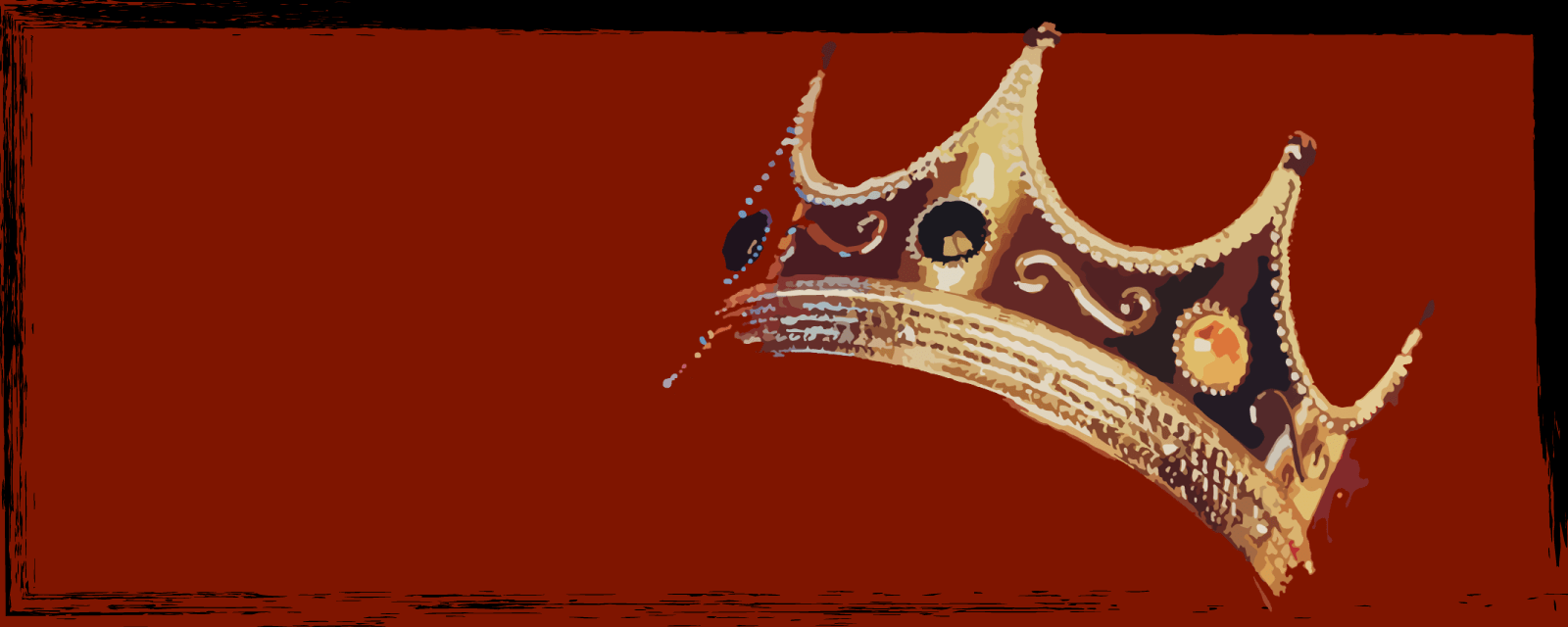
The Notorious Garsenda of Provence
by Jennifer Speed
Garsenda of Provence was a powerful noble, a shrewd politician, and an all-around boss. So of course, some dude called her fat.
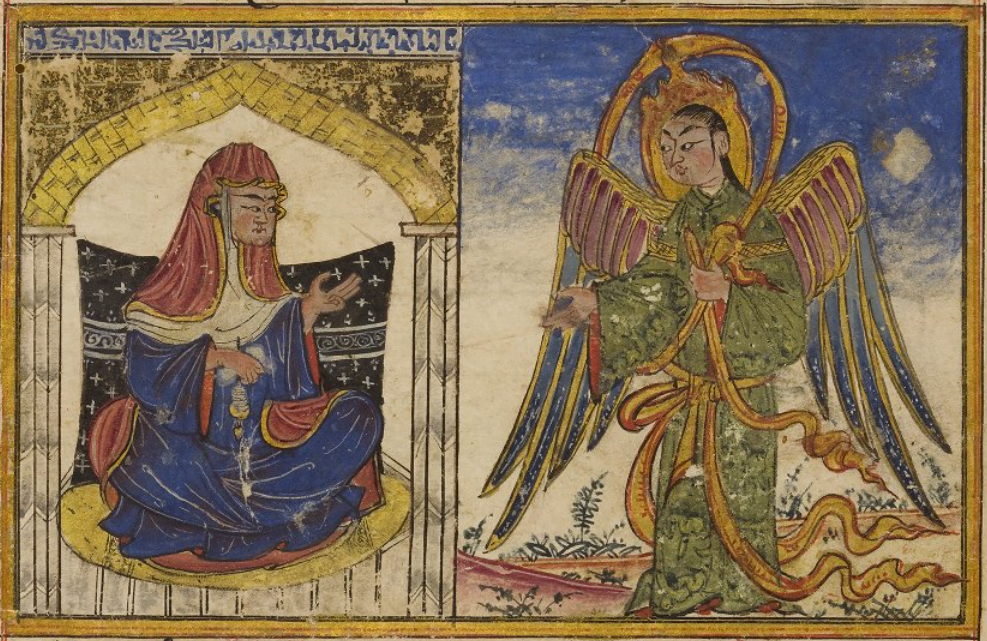
The Virgin Mary in Medieval Islam
by Kathleen Crowther
Did you know that Mary is revered in Islam as well as in Christianity? And more, the status of Mary offers a window into something you might expect: that women being respected religious scholars has a long tradition in Islam.
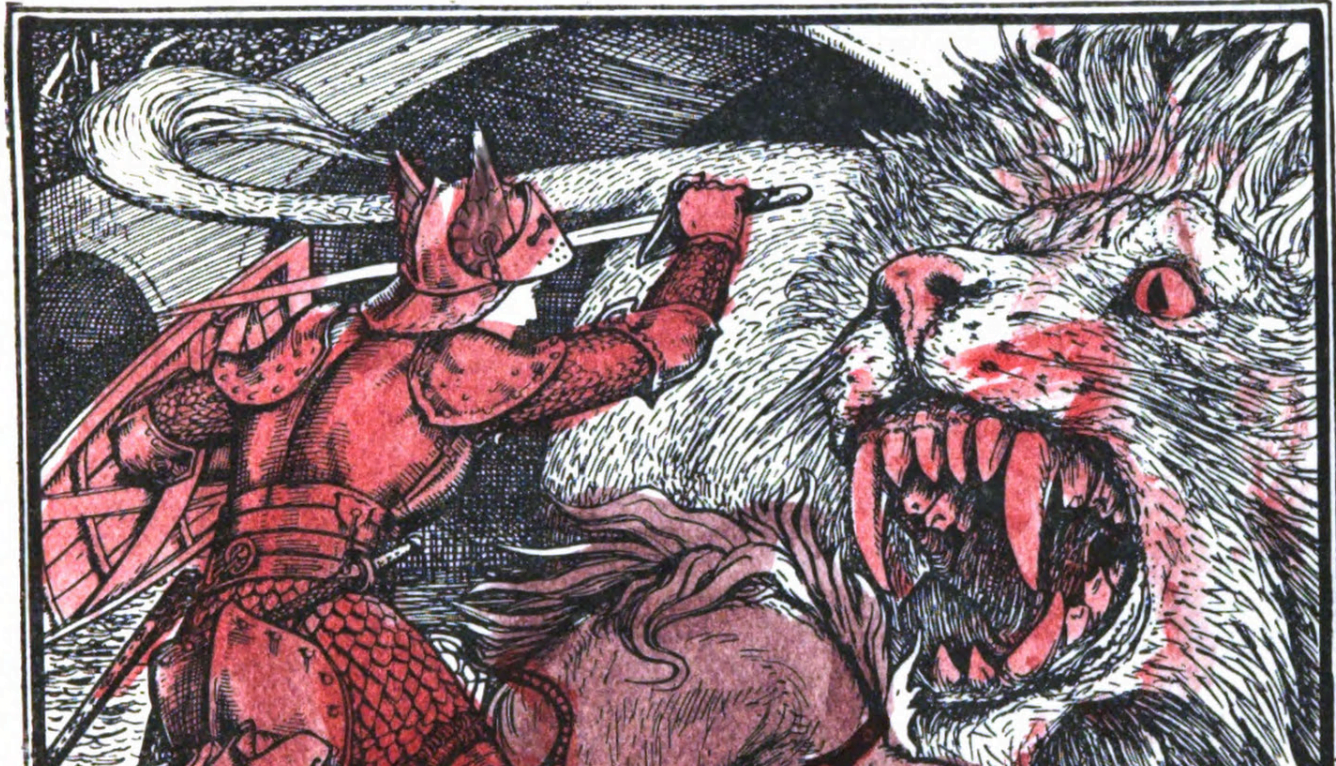
A Transgender Fairy Tale
by Paul B. Sturtevant
Fairy tales are not known for being progressive. But one from 1901 is remarkably gender-affirming, featuring a trans man as a chivalric hero.
“Viking Tough”: How Ads Sell Us Medieval Manhood
by Megan Arnott
Ads sell us an image of ourselves. So what are they selling to men when that image is medieval?
What “Knight Fight” Gets Dead Wrong about Medieval Men
by Ken Mondschein
Knight Fight is a new reality show on HISTORY, where men compete by beating each other over the head with pseudo-medieval weapons. What could be wrong with that?
Werewolves as a Metaphor for Domestic Abusers
by Kisha Tracy
We all know werewolves as legendary figures that periodically fly into an unstoppable rage. What you may not know is that in the Middle Ages this was often a metaphor for domestic violence.
Queer Asgard Folk
by Linnea Hartsuyker
Pop-culture vikings are typically butch masculine stereotypes. The real vikings were often anything but.
Literary Women in the Middle Ages: An Interview with Diane Watt
by Megan Cavell
Medieval women were not illiterate princesses in towers. They read and wrote, and some became literary giants in their time.
How Medieval are the Eunuchs in Game of Thrones?
by Jes Battis
Castration is a spectre that looms large in Game of Thrones. But how common were eunuchs in the actual Middle Ages? Does Game of Thrones exaggerate their importance to medieval culture, or simply reveal how central they were?
How One Medieval Nun Reformed a Devil’s Nest
by Diana Denissen
Alijt Bake was a young, passionate, brilliant reformer. So, naturally, she was opposed by the older generation. See how a medieval nun took her critics head on.
How Museums Hide Women’s and Queer Histories in Plain Sight
by Kit Heyam
When you walk through a museum, what aren’t you seeing? Kit Heyam explores the hidden histories of women and queer people just below the surface of the V&A.
The Soft Power of Tough Medieval Women
by Marta Cobb
Well-behaved medieval women seldom made history. While medieval women were officially barred from positions of power in the Church, several found ways to make their voices heard nevertheless.
